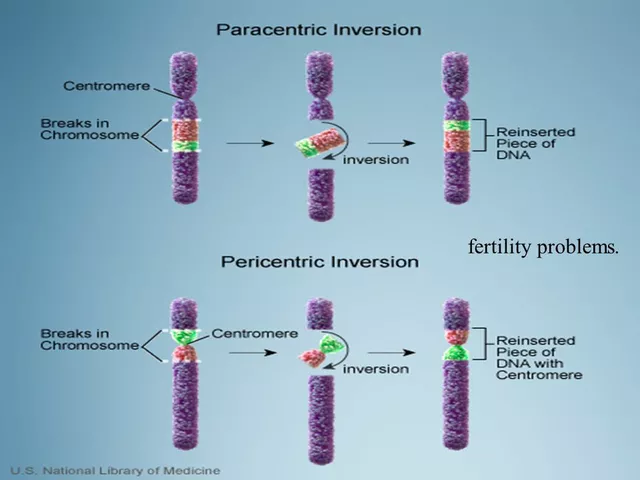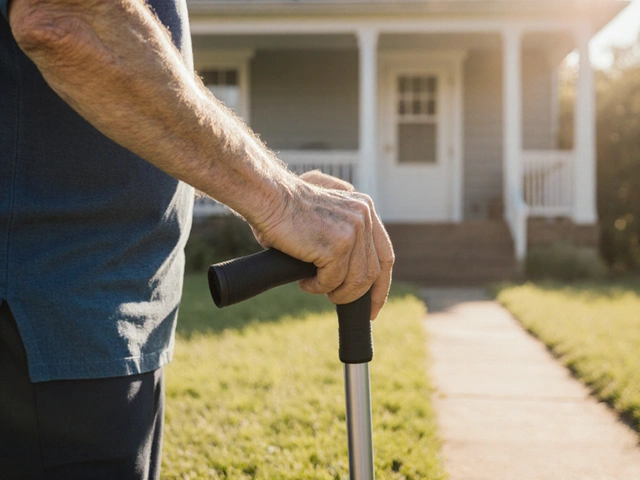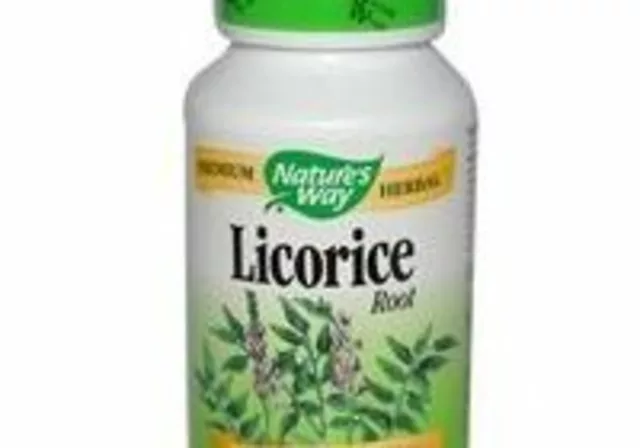Movement disorders: how to spot them and what you can do
Tremors, stiffness, slow movements, or sudden jerks — these are all examples of movement problems that can change daily life. Some are mild and manageable; others need immediate care. If you notice a new or worsening change in how you move, this quick guide shows what to look for, common causes, and real steps you can take right away.
Movement disorders cover a lot: Parkinson’s disease, essential tremor, dystonia (twisting or sustained muscle contractions), chorea (random jerky movements), and drug-induced issues like parkinsonism or tardive dyskinesia. Each has its own pattern, so paying attention to what happens, when, and what makes it better or worse helps your doctor a lot.
Common signs and when to see a doctor
Watch for: a resting tremor (shaking when your hand is at rest), slower walking or smaller steps, stiff muscles, trouble with balance, unusual posture or repeated movements, and changes in speech or swallowing. If these show up slowly over months, book a neurology visit. If a movement problem starts suddenly or is paired with fever, severe headache, confusion, or loss of consciousness, go to the emergency room.
Also tell your clinician about all medicines and supplements you take. Some drugs — like certain antipsychotics or anti-nausea meds (metoclopramide) — can cause new movement symptoms. Stopping or switching a culprit medicine can often reverse the problem.
Treatments that actually help
Treatment depends on the diagnosis. For Parkinson’s disease, levodopa plus carbidopa is the most effective medicine for controlling slowness and stiffness. Other options include dopamine agonists and MAO-B inhibitors such as rasagiline — which some people find helps both motor symptoms and morning function. If meds stop working or cause big side effects, deep brain stimulation (DBS) may be an option for selected patients.
For essential tremor, doctors often try propranolol or primidone. Dystonia can respond to targeted botulinum toxin injections to relax specific muscles. For some movement symptoms linked to nerve pain or muscle spasm, medicines like gabapentin or baclofen may be used — and we have deeper reads on baclofen and choices for neuropathic medicines on this site.
Non-drug approaches matter. Physical therapy can improve balance, mobility, and walking. Occupational therapy teaches tricks to keep doing everyday tasks. Speech therapy helps with soft voice or swallowing issues. Regular, moderate exercise (walking, tai chi, or cycling) often improves symptoms and mood. Sleep, hydration, and a simple medication schedule also make a big difference.
If you want reliable next steps: track symptoms in a notebook (time of day, triggers, meds taken), bring a short video of symptoms to the appointment, and ask your doctor about a movement disorder specialist if diagnosis is unclear. We’ve got detailed articles on Parkinson’s meds, rasagiline, and other treatments you can read for specifics.
Not every shake or stiff day means something serious. Still, early evaluation leads to better options and a clearer plan. If movement changes are affecting life, start the conversation with your primary care doctor or a neurologist today.




